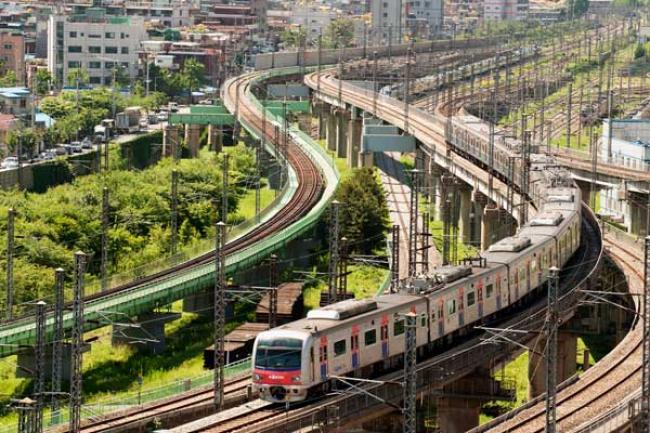08 Nov 2014

“Over the last decade, Asian LLDCs have performed relatively well and infrastructure improvements in some LLDCs show that with large-scale investments and prioritization in policy planning, LLDCs can match, if not outperform the achievements of neighbouring sea-accessing countries,” said Shamshad Akhtar, Executive Secretary of ESCAP.
She called for stronger political commitment and the increased involvement of public and private sectors at the launch of the Bridging Transport, ICT and Energy Infrastructure Gaps for Seamless Regional Connectivity report at the Second UN Conference on LLDCs, which was held in Vienna, Austria, from 3 to 5 November.
“However, regional connectivity remains an unfinished agenda for LLDCs,” she added. “Bridging infrastructure gaps remain a complex and expensive medium-to long-term challenge, and one that will require strong political commitment and the involvement of a range of multi-sectoral stakeholders in the public and private sectors.”
Akhtar underscored that ESCAP’s findings suggest new investments are needed to improve transport infrastructure and logistics services, particularly along international intermodal transport corridors serving LLDCs.
The agency’s research also identifies high-priority investments in terrestrial cross-border fibre-optic infrastructure for ICT connectivity, among others in Bhutan/India and Kazakhstan/Turkmenistan. Even then, however, the analysis suggests that such bilateral solutions would bring more benefits if integrated into a regionally cohesive approach that provides multiple configurations of routings, ESCAP’s Executive Secretary said.
ESCAP also estimates that demand for energy is set to double by 2050. To enhance energy security, the agency is promoting the Asian Energy Highway, which seeks to integrate more renewable energy into a seamless power grid for sustainable use of clean energy.
The report also presents strategies, policy recommendations and initiatives that are designed to reinforce the regional coherence of connecting infrastructure and their cross-sectoral synergies.
“The [report] makes a valuable contribution to the policy debates about wider LLDC connectivity and will help shape future policymaking in the region and beyond,” Akhtar said.
The Second UN Conference on LLDCs brought together business leaders, government officials from LLDCs and transit countries, development partners and senior officials from international organizations to exchange views on the challenges and opportunities faced by LLDCs. A 10-year action plan aimed at accelerating sustainable development in the world’s 32 LLDCs was adopted at the conference’s conclusion.
Transport in Asia. UN Photo/Kibae Park